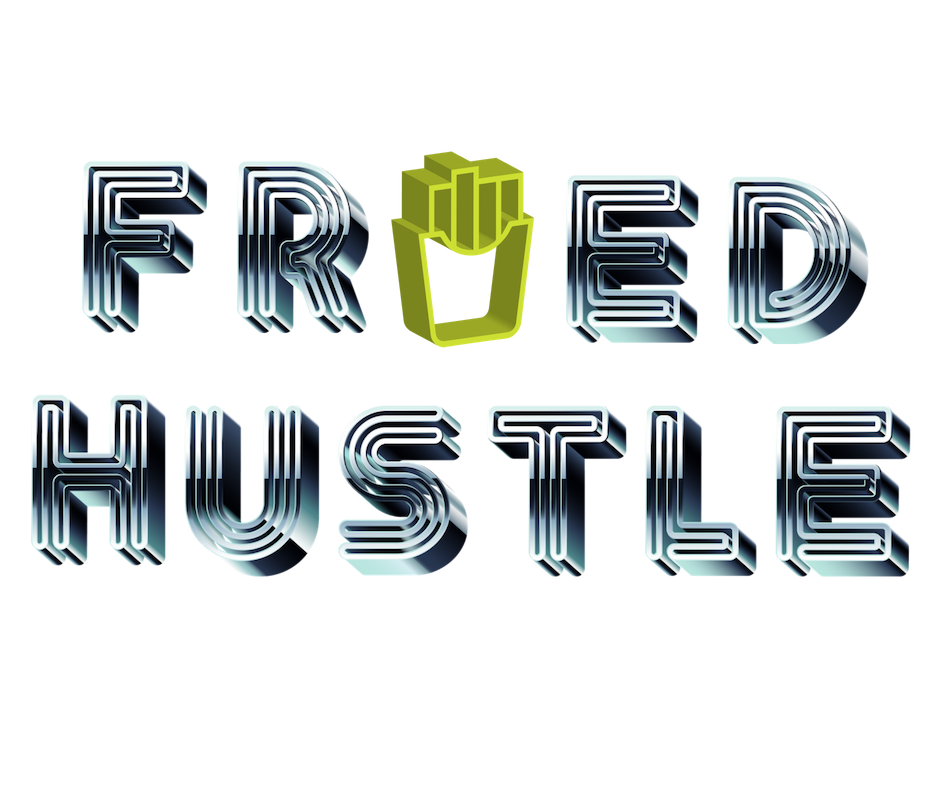We Need To Talk About Cannibals
We need to talk about cannibals. Specifically brand cannibals. All jokes aside, brand cannibalization is an important topic. What is brand cannibalization? It’s what it sounds like. Your brands eating your other brands.
Cannibalization occurs when a brand extension or line extension results in overall losses of revenue, brand value, awareness, or equity from existing and established brands owned by the same company. In short, it’s when two or more brands in the same portfolio compete to the detriment of one or the other rather than collaborating and working symbiotically to help the entire portfolio succeed.
Here’s an example. We had a client with a very successful liquor brand. They filled a hole in the market, they consistently produce an excellent product, and they’ve really made a name for themselves. A little while back they decided to come out with a new liquor - not much different than the first, just a slightly different flavor profile and lower price point. They wanted to be able to play in two different price tiers to two different audiences and replicate the success they found with their flagship brand. Great goal, right? What could go wrong?
So they launched the second liquor brand - another great product, with solid packaging, and a truly unbeatable price. It started doing well. Then it started doing great. Then...customers who’d been loyal to the original brand started buying the cheaper one, not in addition, but instead.
The problem with this is the original brand had a higher retail price, but the second brand had a lower margin. Customers were switching from the brand with higher ROI, to the one with lower ROI. So overall, in spite of unit sales being up, revenue actually started to go down.
From a consumer standpoint - the second brand was cheaper, still tasted great, still didn’t give them a hangover, and was from the same great distillery that made the first. It turned out that there was little inherent in the original brand to keep them from switching to the second. So the company was in a bit of a pickle. They’d unknowingly double dipped into the same market, and wound up with their second product cannibalizing the first.
They evened out the margins eventually and are doing well, but it took a lot of time, energy, and money that could’ve gone towards more proactive ways of growing the business. To make production cheaper, they had to invest in new equipment and subsequent training for the second brand. They had to change the packaging in order to lower the cost of goods. They had to untangle the brands from each other and find how to make them more distinct so that they could coexist without competing. It was kind of a mess -- and, it could’ve been avoided. (For the record, this happened before we worked with them.)
So, how do you avoid (your brand) being eaten by cannibals?
At minimum, you need these three things:
Clear brand architecture outlining relationships between brands and how they work together as a symbiotic ecosystem to support the parent company, whether parent brand is customer facing or not. Whether or not your parent brand is customer facing, if you have multiple brands, you need brand architecture.
A clear understanding of your target demographics for each individual product or service you offer. You should focus on not only on where they differ, but where they overlap - it’s the overlap that can get you into trouble.
Co-branding standards for all brands in your portfolio with distinct brand identities for each and the follow-through to uphold them and keep them from getting muddy.
For cannibal prevention or removal, call Fried Hustle.
